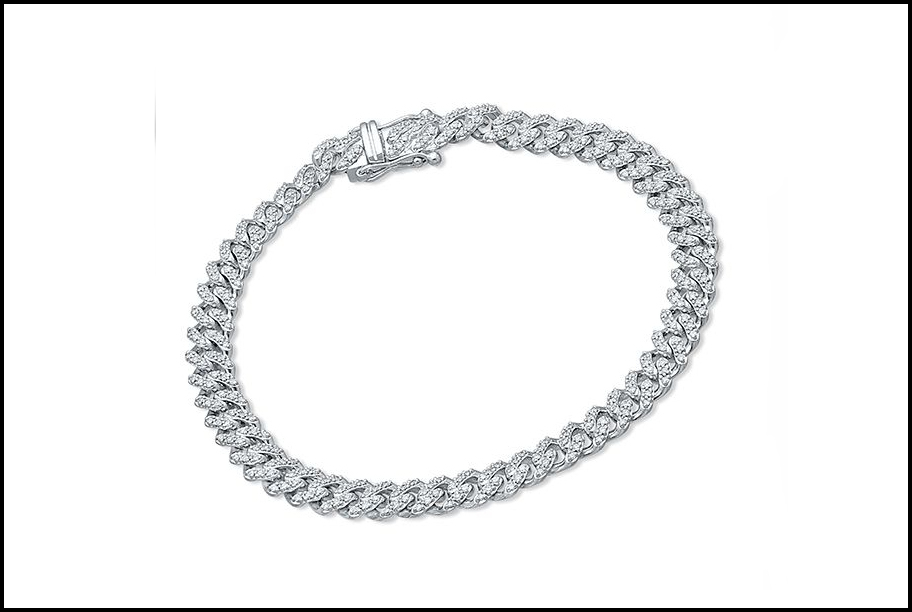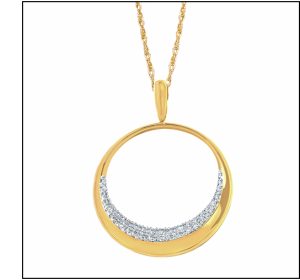Lab Grown Landscape
Prices are fluctuating in the diamond market for both mined and lab-growns. As awareness of man-made diamonds spreads and intrigues consumers, availability and better qualities have mushroomed, spreading faster through the market than a California wildfire. This scenario has led to drastic lab-grown price drops, as typically happens with the evolution of any new technology and paved the way for a decrease in mined-diamond desire among consumers, according to some manufacturers. Once shoppers learned that they could spend less for a bigger, more beautiful lab-grown diamond, prices on mined diamonds dropped, too.
To Sandeep Shah, president of Sandeep Diamond, the price of mined diamonds is inconsequential. The bigger issue, he says, is diminished demand at the retail level for mined diamonds “coupled with the cannibalization of mined-diamond demand by lab-growns,” he says.
Others agree, including David Gaynes, vice president of sales at Indigo Jewelry, and Surbhi Jain, head of marketing at Shefi Diamonds.
“The emergence and growth of the lab-grown diamond sector has introduced a level of instability to the overall diamond market,” says Jain.
KGS’ Jewels’ Richard Bachu, vice president of sales, has a firm grasp of the mined-versus-lab-grown landscape. Lab-growns give consumers a bigger bang for their buck, and retailers can make a healthy profit. And the mall merchants who stock his lab-grown diamond jewelry are seeing twentysomething shoppers coming into stores to buy.
“They normally shop on Blue Nile, James Allen, or Brilliant Earth, but they’re going into mall jewelers now because of lab-growns,” observes Bachu. “A consumer can get a 2 ct. lab-grown for the price of a small natural; they’re not thinking about what it will be worth in two years. Older customers love lab-growns because they can buy a ring and still take a trip.”
Shah agrees. “This is a consumer-driven business,” he says. “Clients dictate what sells.”
As far as pricing, there’s no doubt that lab-growns and jewelry set with them have dropped, but their “retail prices have not dropped as much as wholesale prices on a percentage basis,” says Gaynes.
Jeffrey Cohen, president of Craft Lab Grown Diamonds, agrees. “Over the next 12–18 months, I expect the gap between wholesale and retail prices to shrink, meaning we will see significant price decreases at the retail level,” he says.
In terms of volume sold, that situation is a different story, says Lachish Awad, manager of customer service at Jasani. “While sales of mined diamond jewelry have fallen, sales of lab-grown diamonds have increased,” he says.
Because of this volatility, manufacturers like Ostbye are leaning more into mined diamond designs.
“It’s easier to maintain the pricing for our retailers,” says Theresa Namie, merchandise manager. “Price is our biggest factor, as it fluctuates so much, making it harder for the retailer to invest in lab-grown diamonds.”
ODI, too, is sticking with naturals. First, the firm believes in the intrinsic value of mined diamonds and their value to source communities when responsibly obtained. Second, ODI wants to ensure that the consumer has the best information available to make an informed purchasing decision.
Cohen, a supporter of both mined and natural diamonds, knows there’s a place for both.
“It has always been our strategy to sell either mined or lab grown based upon each’s unique selling proposition and strengths,” he says. “There are great opportunities available for both, as long as approached the ‘right’ way.”


